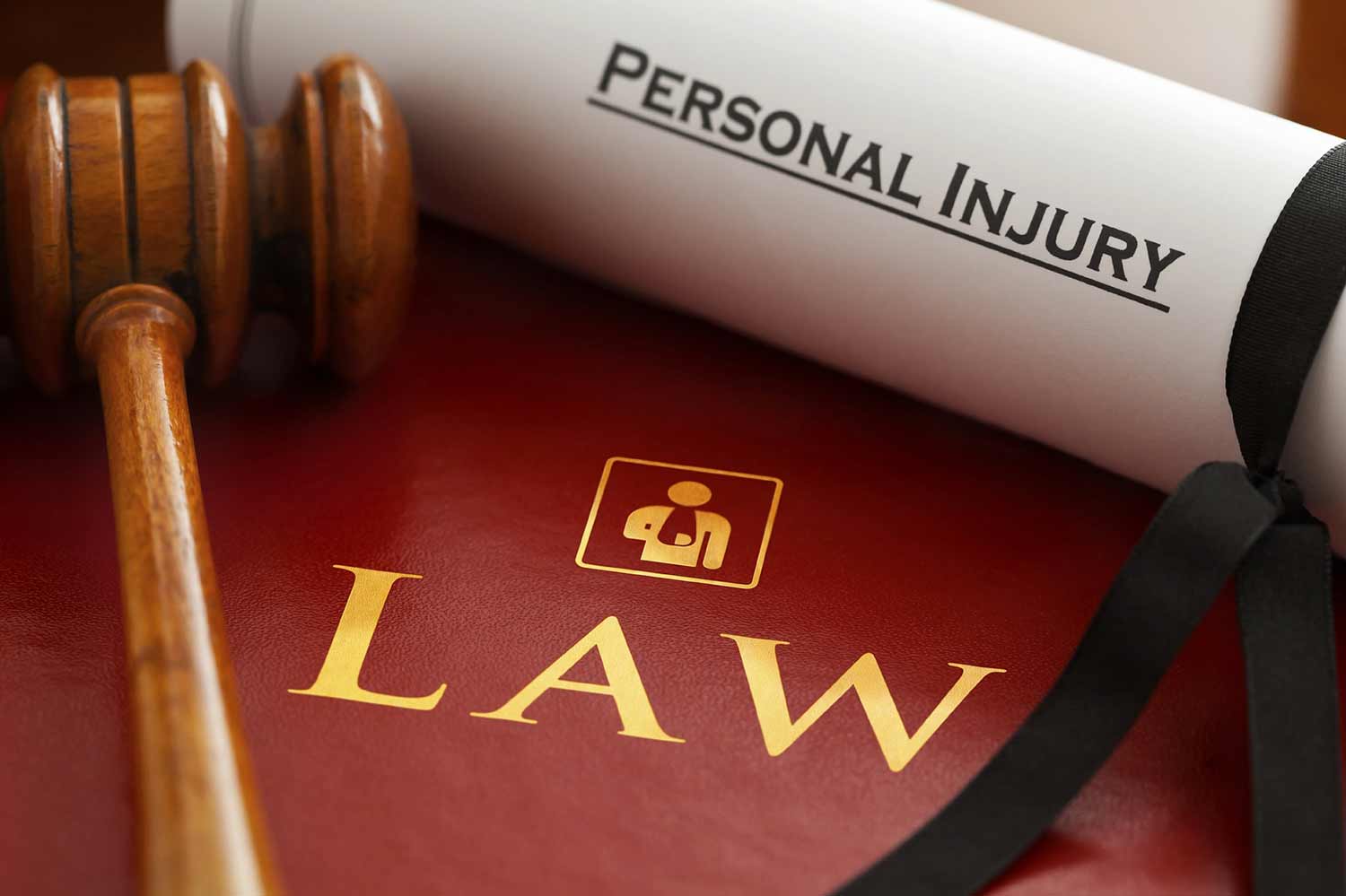A multi-vehicle accident occurs when more than two cars are involved in a car accident. When multiple cars are involved in a collision, the determination of fault is especially complex. As is often the case in legal analysis, the answer is not always black and white and requires a detailed examination of the facts surrounding the automobile accident. Accordingly, statements from persons involved in the accident, observations made by police at the scene of the accident, statements collected by insurance adjusters, eyewitnesses, and photographs from the accident scene are crucial in determining liability.
Florida Comparative Negligence Law
Each state follows their own theory of liability. For example, some states prohibit recovering damages if you were more than 50% liable for the accident. Other states will stop any recovery if you were even 1% at fault for the accident. Luckily, Florida does not follow such rules. Florida instead follows what is known as “Pure Comparative Fault.”
Florida Statute Section 768.81 states, “In a negligence action, contributory fault chargeable to the claimant diminishes proportionately the amount awarded as economic and noneconomic damages for an injury attributable to the claimant’s contributory fault but does not bar recovery.” This means, that even if you are found to have contributed to the accident and been at fault, let’s say 10% at fault, you are not stopped from recovering damages. Instead, you can still recover up to 90% of your damages.
Florida Statute Section 768.81 also states, “the court shall enter judgment against each party liable on the basis of such party’s percentage of fault and not on the basis of the doctrine of joint and several liability.” In other words, Florida has abolished “joint and several liability” in car accident cases. This doctrine was used to allow a victim to choose who they wished to recover the full amount of damages from. For example, let’s say you were driving Car #3 and were injured in an accident caused by Car #1 and Car #2. The jury determines that Car #1 was 20% at fault and Car #2 was 80% at fault. If Car #1 had better insurance than Car #2, then you have the right to demand that Car #1 pay 100% of your damages (Car #1 could then be free to go after Car #2 for 80%). However, this is no longer the case in Florida. Now, each driver can only be held liable for the degree of fault attributable to them.
Negligence
Now that we know how liability can be allocated or apportioned, we need to know what can make a driver liable in a car accident. The primary legal ground for recovering damages is a cause of action called “negligence.” To parse out the comparative negligence of the parties, the trier of fact must hear the totality of fault of each side. Lenhart v. Basora, 100 So. 3d 1177 (Fla. 4th DCA 2012). As touched upon earlier, this is a very fact-specific determination.
In a situation where Car #1 rear ends Car #2 and Car #2 hits Car #3, one might assume that Car #1 is fully liable for the chain reaction accident. However, there are other important factors to consider, such as the following: How close was Car #2 to Car #3 (see “Following too closely” Fla. Stat. Ann. § 316.0895)? Was Car #2 paying attention and could Car #2 have prevented itself from being involved in the collision? Were all parties wearing a seatbelt? And if not, could a seatbelt have prevented injuries sustained. Each detail can impact how fault is attributed in a multi-car collision and therefore who will be responsible for what damages.
There are certain Florida statutes that can affect liability determinations, such as the “Following too closely” statute. That statute states in relevant part that “the driver of a motor vehicle shall not follow another vehicle more closely than is reasonable and prudent, having due regard for the speed of such vehicles and the traffic upon, and the condition of, the highway.” Therefore, if a jury were to find that a car was too close to another car than what would be considered “reasonable,” that can have an impact on liability apportionment.
Why Hire Clayton Trial Lawyers
Due to the fact-intensive analysis required in each multi-car collision case, if you or a loved one are involved in such an accident, you should hire an experienced attorney to represent you and make sure you receive the compensation you deserve.
At CTL we have experienced attorneys that have won multi-million-dollar verdicts for our clients. Our attorneys pride themselves on their attention to detail and are well-versed in reviewing the facts of each case with the relevant statutory frameworks in mind. We fight for our clients to make sure they receive the justice they deserve!

